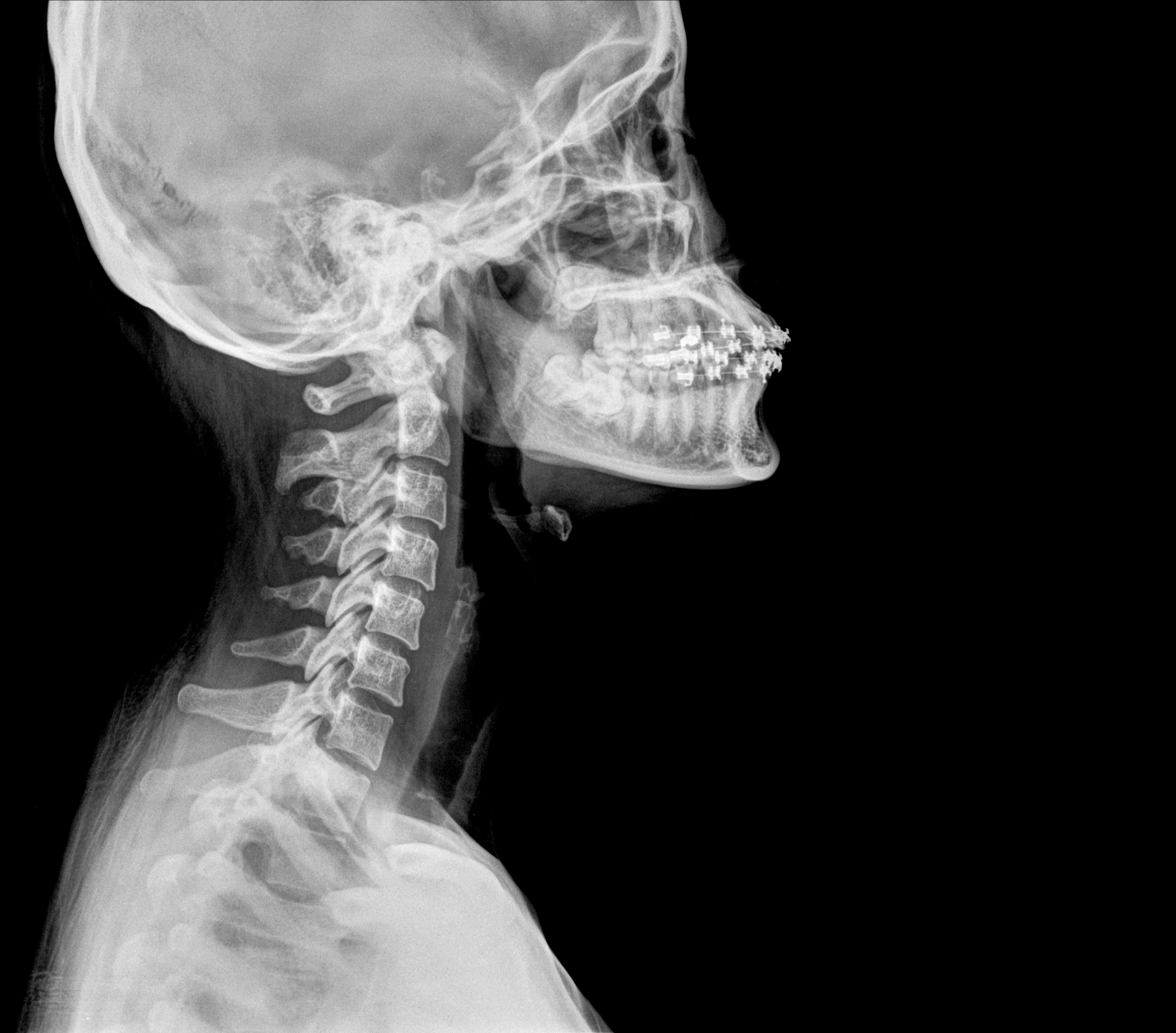

They don’t always make false alarms, of course. When it comes to diagnosing most back pain, MRI machines are like Monty Python’s medical machinery that goes “bing.” For back pain, MRI and X-ray are medical machines that make false alarms. Patients should politely refuse early MRI and privately resolve to take radiology reports with a huge grain of salt.

So how should imaging be used? Minimally! Only when it’s strongly indicated by persistent major symptoms, and interpreting results only in clinical context. There are also huge quality control problems with MRI, just shoddy work, like bizarrely conflicting results for the same patient from ten different MRI facilities - laughable if it weren’t so tragic. Zooming in it is not only doomed to diagnostic failure, but it can spook people and do real harm, because nothing is more clearly worse for back pain than anxiety. Seemingly serious spinal degeneration is found in high percentages of asymptomatic people. But spines usually look worse than they are. Imaging makes it easy to focus on what seems important: the spine. Zooming in on what MRIs can show is doomed to diagnostic failure, a classic “streetlight effect” mistake: focusing only where the light is good. Low back pain (like most chronic pain) is extremely multifactorial, and the spinal glitches that imaging reveals are just one ingredient in a rich stew of risk factors. Wise use of imaging is a superpower, especially MRI, but it’s often used irresponsibly overuse and abuse of the technologies is an over-medicalization disaster, criticized for since at least as far back as the 1990s. Results are often so misleading that they are worse than useless out of clinical context. When it comes to diagnosing low back pain, MRI and X-Ray are egregious false alarm generators.


 0 kommentar(er)
0 kommentar(er)
